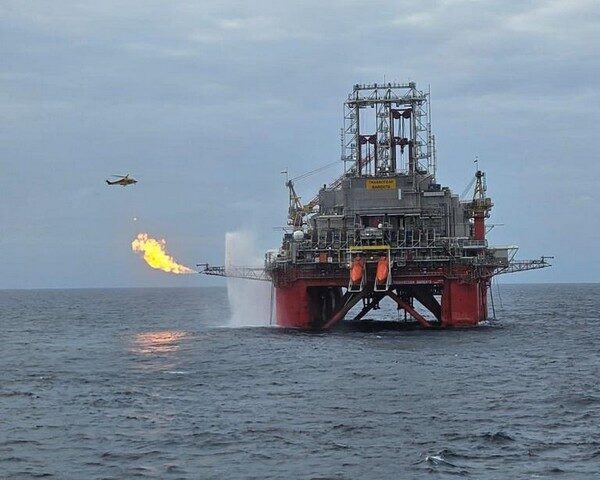.
Marcuard's Market update by GaveKal Dragonomics
The price of crude oil is set to remain depressed at least through 2015, until the Saudis are satisfied that they have injured their geopolitical and economic competitors severely enough to regain pricing power. The big question now is whether a price of around US$50 a barrel—some 10-15% below present levels—forms the floor of oil’s trading range for the next few years, as it did between 2005 to 2014, or whether US$50/bbl is established as the ceiling of a new lower range, of the sort that prevailed from 1986 to 2004.
 There are several reasons to expect the oil market to settle into the lower range. The most important are the technological and environmental pressures that are reducing long term demand and threatening to turn much of the high cost oil reserves outside the Middle East into ‘stranded assets’ similar to the earth’s vast but unwanted reserves of coal. Additional pressures for lower oil prices in the long term may include the possible lifting of sanctions on Iran and Russia or greater stability in Iraq, which would eventually release oil reserves as big as Saudi Arabia’s onto the world market.
There are several reasons to expect the oil market to settle into the lower range. The most important are the technological and environmental pressures that are reducing long term demand and threatening to turn much of the high cost oil reserves outside the Middle East into ‘stranded assets’ similar to the earth’s vast but unwanted reserves of coal. Additional pressures for lower oil prices in the long term may include the possible lifting of sanctions on Iran and Russia or greater stability in Iraq, which would eventually release oil reserves as big as Saudi Arabia’s onto the world market.
In the short term, powerful downward pressure is being exerted by market positioning, which is still surprisingly bullish. In the week to December 9, speculators still held net long positions in the US futures markets of 261,000 contracts, a level higher than at the peaks of the bull markets in 2008 and 2011-12. This suggests that the liquidation phase of the bear market has hardly even started. It seems that speculators are still fishing for a bottom rather than following the trend, as they normally do.
The shale revolution is another reason why the oil market may move away from the sort of monopoly pricing dominated by OPEC that was seen between 2004 and 2014 and towards a more competitive regime. Shale oil production, although relatively costly, can be turned on and off much more readily than conventional oilfields, with their enormous exploration and capital costs. This means that in future the ‘swing producers’ who bring global oil supply and demand into equilibrium will be US shale prospectors, rather than Saudi officials. If there is an economic rationale behind the recent Saudi actions it is to ensure that low cost OPEC producers can pump at full capacity, while shale producers cut production when demand is weak and ramp it up when demand is strong. If this is how the oil market is going to work in the future, then the marginal cost of US shale production will set the ceiling for global prices, not the floor.
On the other hand, there are some strong arguments for the higher post-2005 trading band to hold, once the bottom of this range is tested by a price of $50 or slightly lower. The most important of these bullish arguments is that OPEC could prevent a return to the 1986-2004 regime of competitive market pricing by learning to function again as an effective cartel. All OPEC countries benefit by curbing their output and pushing up prices. Although such price fixing becomes ever more difficult as producers outside the cartel increase their market share, OPEC could make a serious attempt to impose pricing ‘discipline’ if enough US shale producers get knocked out in the next year. Moreover, the macro-economic impact of low oil prices on global growth should be extremely positive. So late 2015 or 2016 could see a boom in global economic activity, resulting in stronger oil demand.
So, which of these arguments will prove right—the bearish case for a US$25-50 trading-range based on competitive oil pricing, or the bullish case for a US$50-100 range based on continuing OPEC dominance? No-one can predict this with any confidence. Ask us again after the oil price has fallen to US$50 and stayed near that level for a year or so.







